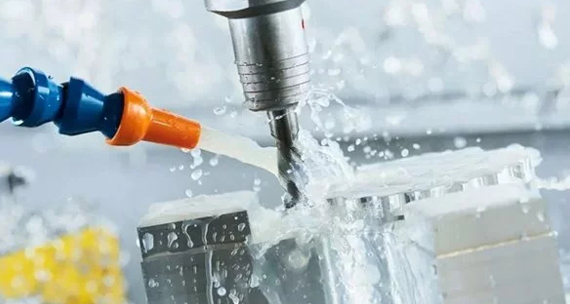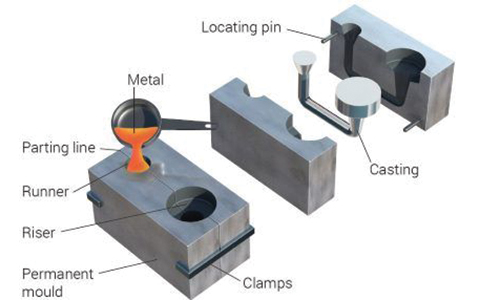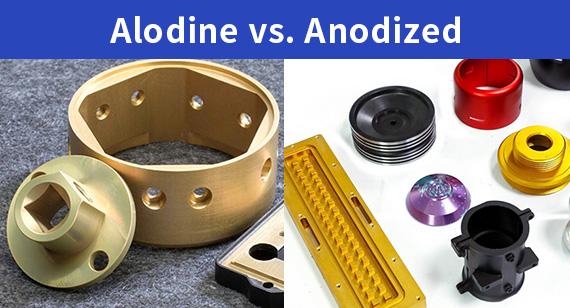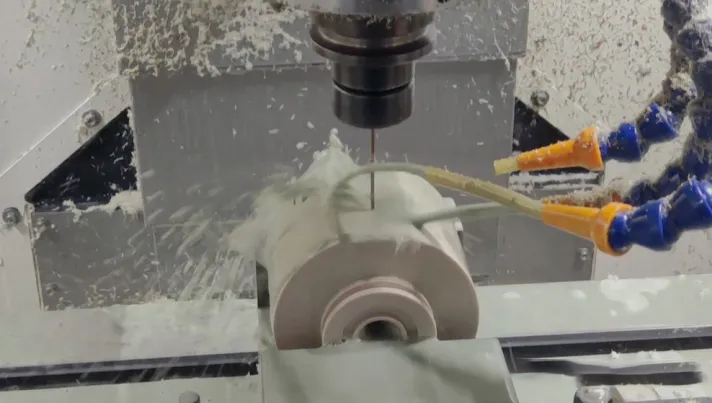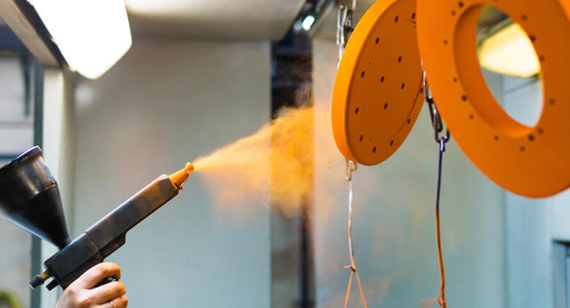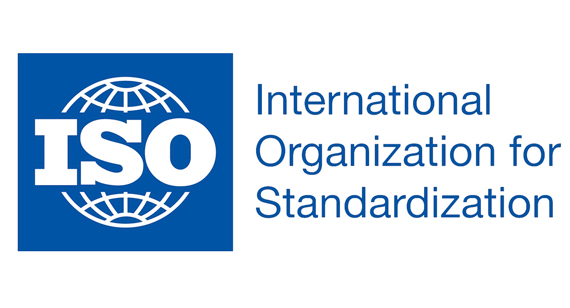15 years one-stop China custom CNC machining parts factory
The VMT blog is dedicated to sharing our hard-earned knowledge in prototype manufacturing. We hope these articles will help you optimize your product designs and gain deeper insight into the world of rapid prototyping. Enjoy the read!
Get an Instant Quote VMT
VMT  2024 12 21
2024 12 21 On-demand manufacturing is a modern production strategy that enables manufacturers to produce products or components only when they are needed, rather than maintaining large inventories. This approach leverages advanced technologies and streamlined processes to deliver custom CNC machining parts with high precision and efficiency, tailored to specific customer requirements. On-demand manufacturing is characterized by its flexibility, responsiveness, and ability to scale production up or down based on demand fluctuations, minimizing waste and reducing inventory costs.
 66
66
 Read more
Read more
 VMT
VMT  2024 12 20
2024 12 20 Die casting is a manufacturing process that involves forcing molten metal under high pressure into a mold cavity. The molds, known as dies, are typically made from hardened steel and are designed to produce intricate shapes with tight tolerances. Aluminum, as a die-casting material, offers several advantages over other metals. Its low density contributes to lighter parts without compromising strength, making it ideal for applications where weight reduction is critical, such as in the automotive and aerospace industries. Additionally, aluminum’s excellent thermal and electrical conductivity, along with its inherent corrosion resistance, further enhances the performance and longevity of die-cast components.
 66
66
 Read more
Read more
 VMT
VMT  2024 12 19
2024 12 19 Alodine, also known as a chromate conversion coating, is a chemical surface treatment primarily applied to aluminum alloys to improve corrosion resistance and enhance paint adhesion. Unlike thicker finishes like anodizing or plating, Alodine forms a very thin, protective film on the metal’s surface. This minimal thickness ensures that dimensional changes to your precision machining parts remain negligible, preserving critical tolerances essential in custom CNC machining operations.
 66
66
 Read more
Read more
 VMT
VMT  2024 12 18
2024 12 18 PEEK, short for Polyetheretherketone, emerges as a standout engineering thermoplastic known for its exceptional performance in demanding conditions. Over the years, it has gained prominence in high-value industries that require materials capable of withstanding extreme environments, be it harsh chemicals, high temperatures, or continuous mechanical stress. The driving force behind PEEK’s popularity is its remarkable balance of mechanical strength, chemical inertness, and thermal stability—qualities that allow it to surpass conventional plastics and even challenge metals in certain applications.
 66
66
 Read more
Read more
 VMT
VMT  2024 12 17
2024 12 17 Powder coating is a dry finishing process widely used across manufacturing industries to protect and enhance metal (and sometimes plastic) components. Instead of relying on liquid paints that contain solvents, powder coating uses a fine blend of resin, pigments, and other additives. This mixture is applied as a free-flowing, dry powder, typically charged electrostatically, and then cured under heat. The result is a uniform, durable finish that surpasses many conventional coatings in terms of longevity, environmental friendliness, and aesthetic versatility.
 66
66
 Read more
Read more
 VMT
VMT  2024 12 16
2024 12 16 ISO stands for the International Organization for Standardization, an independent, non-governmental entity that brings together experts from around the world to develop international standards. These standards cover an extensive range of topics, from environmental management and occupational health to quality assurance and energy efficiency. For the manufacturing industry, ISO standards provide widely recognized benchmarks that help producers align their operations with global best practices.
 66
66
 Read more
Read more
 VMT
VMT  2024 12 15
2024 12 15 Glass-filled nylon isn’t just another plastic—it’s a game-changer that bridges the gap between metal and polymeric materials. Whether you’re producing automotive components, industrial gears, or electronics housings, this composite material’s unique balance of strength, stiffness, and thermal stability makes it invaluable. For CNC machining services seeking to offer robust solutions, mastering glass-filled nylon is essential. In the sections that follow, we’ll detail the composition, mechanical properties, advantages, drawbacks, and practical applications of glass-filled nylon, empowering you to make informed decisions.
 66
66
 Read more
Read more
 VMT
VMT  2024 12 14
2024 12 14 Alodine coating, a form of chromate conversion coating, is integral in industries such as aerospace, automotive, defense, and electronics. This treatment enhances precision machined parts by forming a thin, protective chemical film on metal surfaces—particularly aluminum. Unlike thicker coatings, Alodine’s minimal thickness preserves dimensional accuracy, crucial for close-tolerance CNC machined parts. By following established guidelines (like MIL-DTL-5541), manufacturers can ensure consistent, high-quality finishes that stand up to harsh conditions while maintaining optimal functionality, adhesion properties, and conductivity. This foreword sets the stage for understanding the fundamentals and practical applications of Alodine coating in modern CNC machining services.
 66
66
 Read more
Read more
Ready To Start Your Next Project?
Get Instant Quote

Request a Free Quote
Send us a message if you have any questions or request a quote. We will get back to you ASAP!
